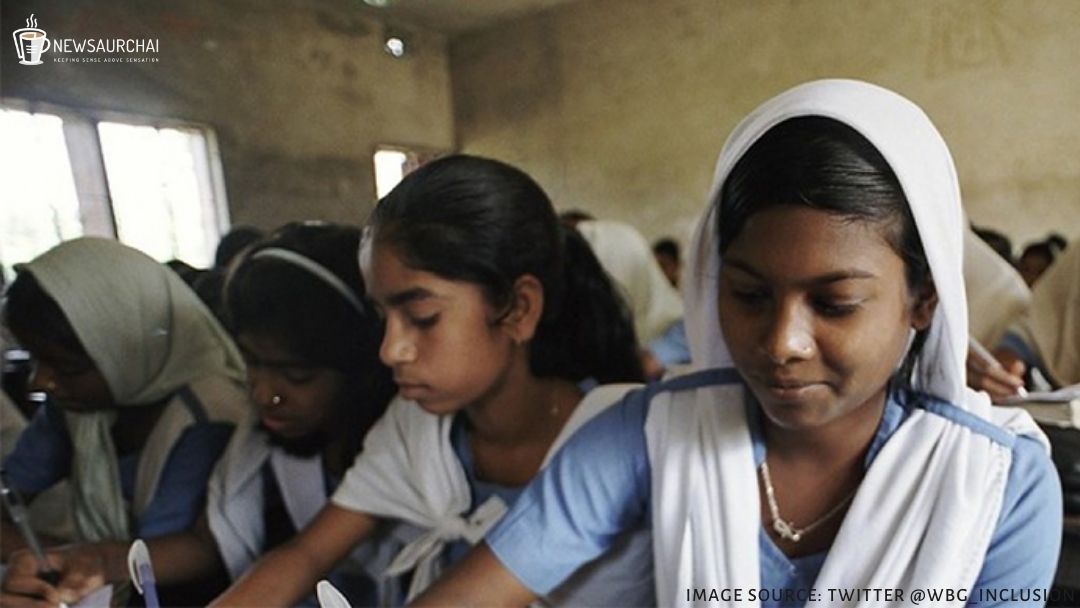
According to the United Nations Population Fund (UNFPA) report of April 2020, the world will see an extra 13 million child marriage due to COVID-19 over the next decade. India has already started showing the trend with a total of 17.26 million married children and adolescents as per the recent study released on October 9 by Child Rights and You (CRY).
Currently, India stands second in the number of COVIS-19 infected cases in the world. The vicious cycle of the raging pandemic, widespread unemployment, uneducated and idle families and schools closed for months, had a painful impact in the rise of child marriages being reported from all over India.
Child marriage doesn’t only refrain from a collective growth in socio-economic fields, but it has far more psychological and psychologically impacts. The higher percentage of child marriage in Jharkhand, Rajasthan, and Bihar reveals the health indicators of higher Maternal Mortality ratio and Infant Mortality rate.
Low-cost marriages:
The Centre received as many as 5,584 phone calls to prevent child marriages during the coronavirus prompted lockdown from March to May as revealed in the data released by CHILDLINE. The analogy came from a simple idle unproductive family sees lockdown as a prospect to avoid the further financial burden of big marriage and starts getting their children’s married.
The ChildLine data also indicated higher rates of child marriage from Karnataka, West Bengal, Andhra Pradesh and Telangana. In an interview with Indian Express, Karnataka State Commission for Protection of Child Rights (KSCPCR) Chairman denoted Cost-cutting as the main reason for parents conducting marriages during coronavirus pandemic.
Child marriage as a means of survival:
Schools were seen as a resort to prevent child marriages as it not only provided education, but children were kept well-fed with mid-days school meals. Now, the closure of school made people believe child marriages to be a means of survival concerning low-cost marriage and more dowry. Young boys are sent off to do labour work, whereas every drop-out girl has become a “potential bride.” The Centre and the states had to intervene amidst the lockdown.
Girls are affected:
Puja Marwaha, CEO of CRY over the president situation, quoted that “While child marriage is a practice that affects both girls and boys, its impact on girls, especially from marginalised communities, is higher. There is also an urgent need for strengthening the implementation of the Prohibition of Child Marriage Act, 2006.”
High child marriage rates also increase the probability of domestic and sexual abuse against girls; this was witnessed with the increasing number of domestic assault complaints during lockdown, as it went the highest in the last 10 years. The faulty loop destroys the foundation of a girl’s life not only physiologically with pregnancy but also with constant emotional abuse.
India’s population of 1.37 billion, makes up 17 per cent of the world, and 48 per cent of this population is female. As per 2019 report of UNICEF, India hosts the largest number of child brides in the world – 23 million and accounts for one-third of the global total.
Strong laws but lawless society:
According to the Prohibition of Child Marriage Act, 2006, it is non-bailable, punishable offence with a fine up to Rs 1 lakh and two years of imprisonment. In 2006, certain people opposed the act over its controversy with personal laws. However, the court ruled out that the act overrides all personal laws.
Since 2017, registration of marriages in India became compulsory. It prevents forced and early marriages. Better coordination and communication can be seen between Child Marriage Prohibition Officers (CMPO) and agencies to track down the evils.
Several schemes, initiatives, programmes, and helpline has been initiated by the Ministry of Women and Child Development including National Institute of Public Cooperation and Child Development (NIPCCD), Rashtriya Mahila Kosh (RMK), National Commission for Protection of Child Rights (NCPCR) and many others.
Education and Employment:
How long and how many parents, guardians need to be arrested, punished to stop this practice. The number of child marriage has been on the rise, even with the implementation of the laws. The root problem is the perception of society towards the social evil. The right to education could only destroy this sinful practice.
Similarly, the higher employment rate may induce a family to resort to child marriage. An eco-system in which the households retain their jobs and food on the table wouldn’t make them to choose child marriage.
Recent developments:
The Government recently announced to increase the legal age of marriage to prevent young forced knots and reduce maternal mortality rates. It is seen that the primary cause of deaths of girls who are 15-19 years old is pregnancy-related complications. Many activists welcomed the decision. However, from another perspective, the decision may limit the freedom of adults. Many times, the existing laws have been used by parents against eloping daughters and sons. The Hadiya case 2017 shows the strict control over children’s partner and evolved “right to marry a person of one’s choice” is fundamental.
By and large, laws or policies will not make a difference, till the time people are conscious and aware enough of their actions. If the rights aren’t realised and accepted by the people, no law or judiciary can implement it in a real sense of society.





